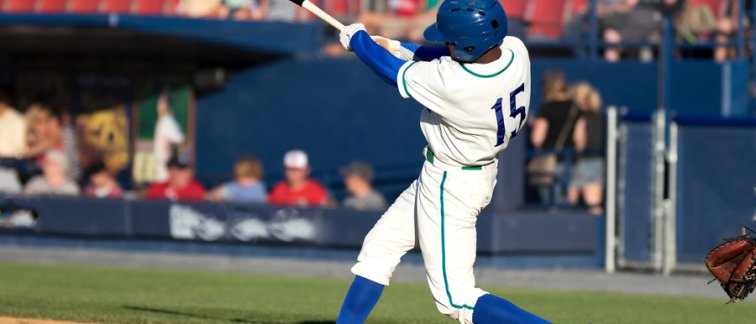In tennis and baseball, performance is highly dependent on (highly repetitive) fast pre-planned full-body actions that can only marginally be modified during the action itself. Pain, injury or weakness somewhere in the kinetic chain can lead to faulty coordination and related injury elsewhere in the chain, usually more distally at the level of the arm or elbow.
Proper retraining of ‘correct coordination’ is essential to be able to return-to-sport.
To date the focus in retraining is on identification of strength imbalance and limitations in range of motion, however, these are likely only secondary factors in the correct coordination. Correct relative timing is believed to be the key factor. This applies especially to the motion of the scapula, as the bridge between trunk motion (the motor) and arm motion (the ‘whip’). Up till now relative timing has had low attention in rehabilitation practice.
In this project we will develop
- a feedback system on motion timing, and to link this system to a platform for the monitoring of athlete health status and develop an algorithm for the (interactive) quantification of injury risk (accumulated value) and stroke or throw performance (incidental value);
- an integrated method, requiring online monitoring of progress, for the detailed quantification of relative timing in and after upper extremity injury to improve rehabilitation, modify injury risk, and facilitate the return-to-sport process.
Resesarchers involved in this project
- Professor dr. DirkJan Veeger (PI), TU Delft:
- Professor dr. Frans van der Helm, TU Delft;
- Bart van Trigt, PhD candidate, TU Delft.



